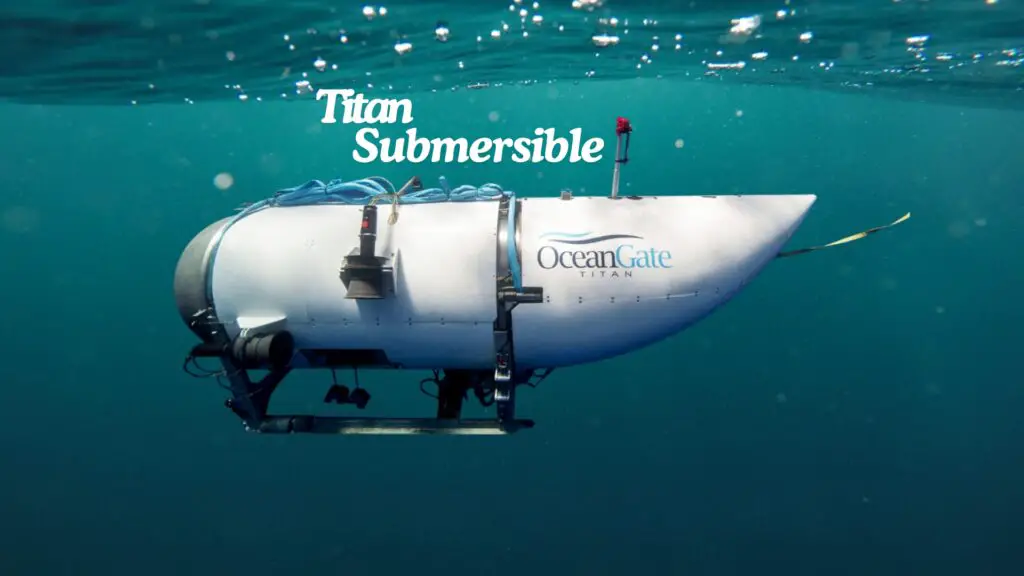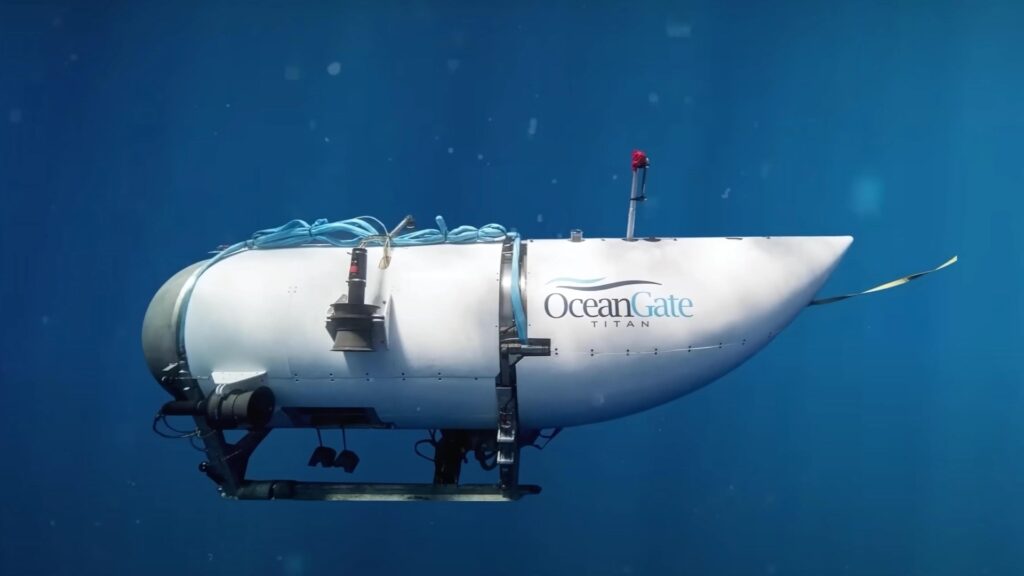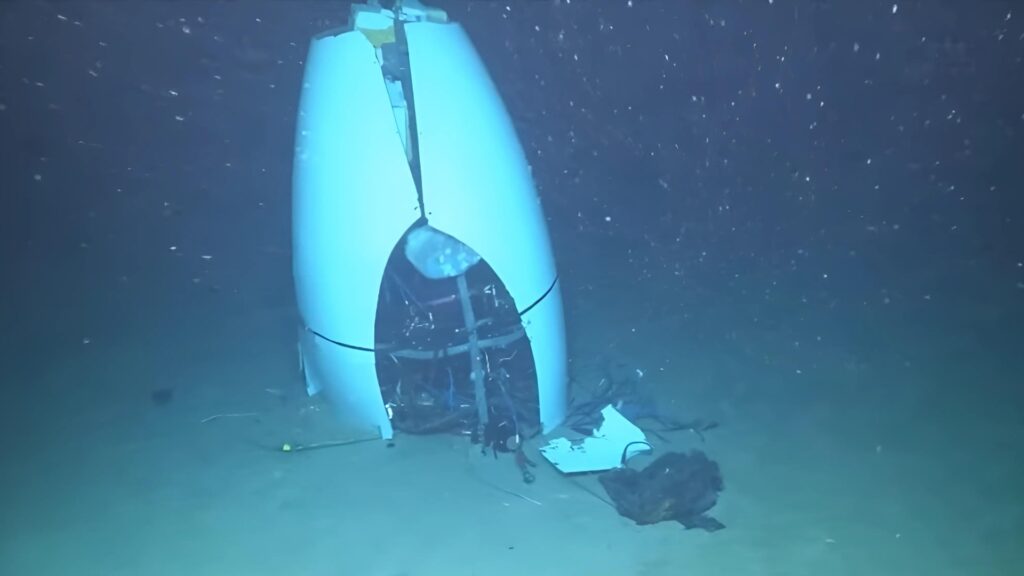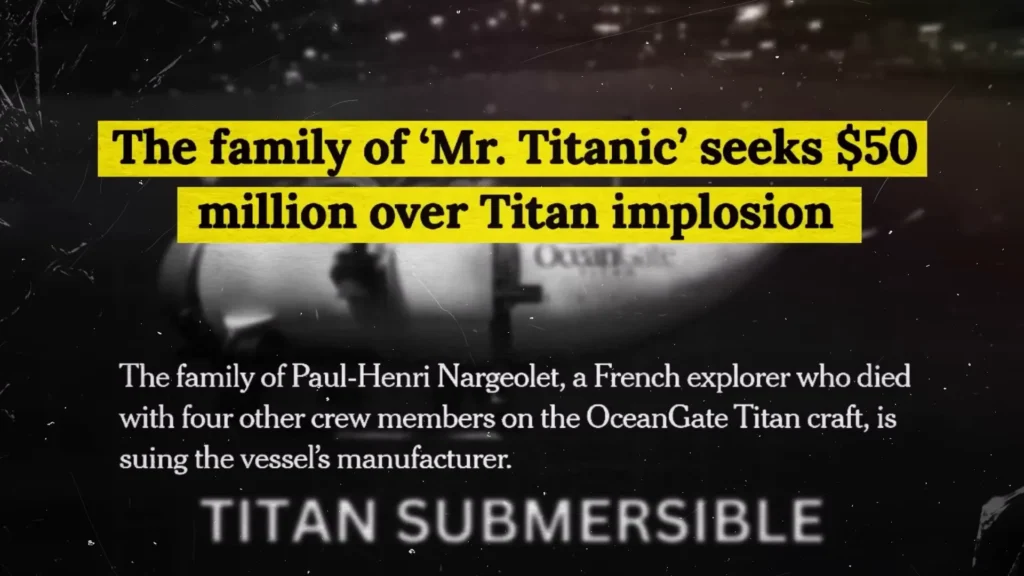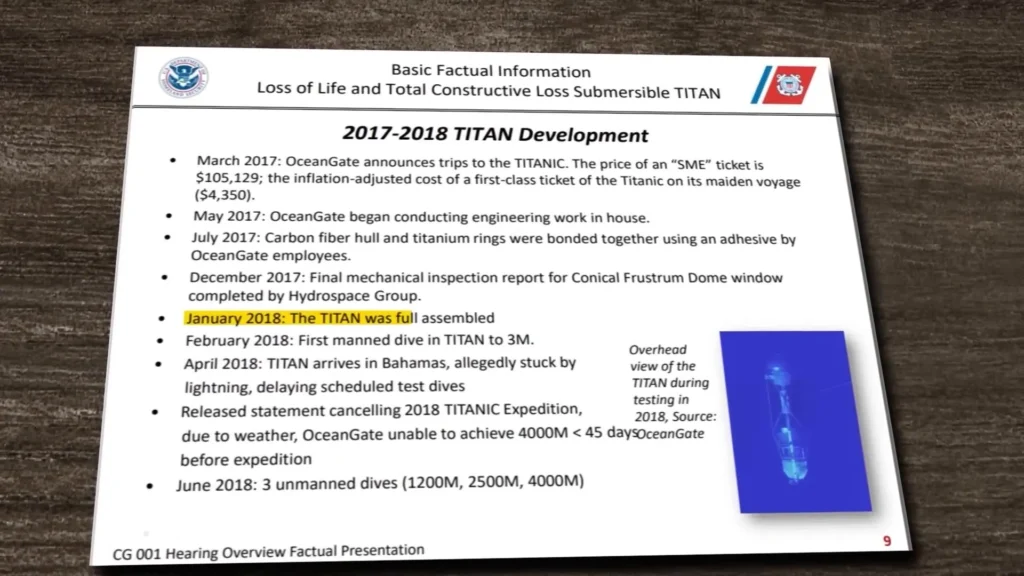Introduction
The Titan Submersible incident has captivated the world, raising numerous questions about deep-sea exploration and safety. This blog aims to uncover the shocking details surrounding the Titan Submersible, which tragically disappeared during a dive to see the wreck of the Titanic. As we delve into the events leading up to the disappearance, the subsequent search operations, and the investigation that followed, we will explore the implications of this incident on underwater tourism and safety regulations.
Table of Contents
ToggleOn June 18, 2023, the Titan Submersible was launched into the North Atlantic Ocean, carrying five individuals eager to witness the Titanic wreck located approximately 3,800 meters below the surface. Excitement was palpable as this expedition promised a once-in-a-lifetime experience. However, approximately one and a half hours into the dive, contact with the Titan was lost. This initiated a frantic search operation that lasted two days.
After two days of intensive searching, the search team announced a grim discovery: several scattered parts of the Titan Submersible were found, confirming that none of the passengers had survived. This announcement sent shockwaves around the world, prompting an investigation into what had gone wrong. The U.S. Coast Guard released official details, revealing the communications between the Titan and its mother ship, the Polar Prince, prior to the disaster.
The investigation revealed critical information about the Titan’s last moments. The U.S. Coast Guard published video footage of the Titan’s wreckage, which lay at a depth of 3,775 meters. The footage showed that the Titan had suffered a catastrophic failure, with the forward section where the passengers were seated completely destroyed. Pieces of carbon fiber were scattered on the ocean floor, indicating that the pressure from the water had caused the front of the submersible to implode.
The Passengers and Crew
Among the passengers were notable individuals, including a prominent businessman and adventure sports enthusiast from Dubai, Hamish Harding, and two members of a Pakistani family, Shahzada Dawood and his son Suleman Dawood. The crew included Stockton Rush, the owner of OceanGate, and Paul-Henri Nargeolet, an expert on the Titanic wreck who had previously visited it numerous times.
Safety Concerns and Previous Warnings
As the investigation unfolded, it became clear that safety concerns had been raised long before the tragedy. David Lochridge, the Director of Operations for OceanGate, was reportedly terminated for voicing concerns about the Titan’s safety. The Titan was constructed with a carbon fiber hull, a material that had not been adequately tested for deep-sea adventures. This raised questions about the regulatory oversight of such experimental submersibles.
Legal Actions and Accountability
In the wake of the disaster, legal actions were initiated against OceanGate. The family of Paul-Henri Nargeolet filed a lawsuit seeking damages, claiming that OceanGate had concealed past mistakes that led to his death. The pressure for accountability intensified, leading to a joint investigation by the Canada Transportation Safety Board and the U.S. Marine Bureau.
The Investigation's Findings
The joint investigation revealed that the Titan had been manufactured and assembled by January 2018. It successfully reached depths of 4,200 meters, experiencing pressures of 6,154 PSI. However, the investigation highlighted that the Titan was not tested to the industry standard required for such deep dives. This oversight contributed to its eventual failure.
Conclusion: The Future of Underwater Exploration
The Titan Submersible incident raises critical questions about safety in underwater tourism. As the investigation continues, it is essential to establish stricter regulations for submersibles and ensure that safety is prioritized over profit. This tragedy serves as a reminder of the inherent dangers of deep-sea exploration and the need for rigorous testing and certification.
Watch Video on: Zem TV youtube Channel
